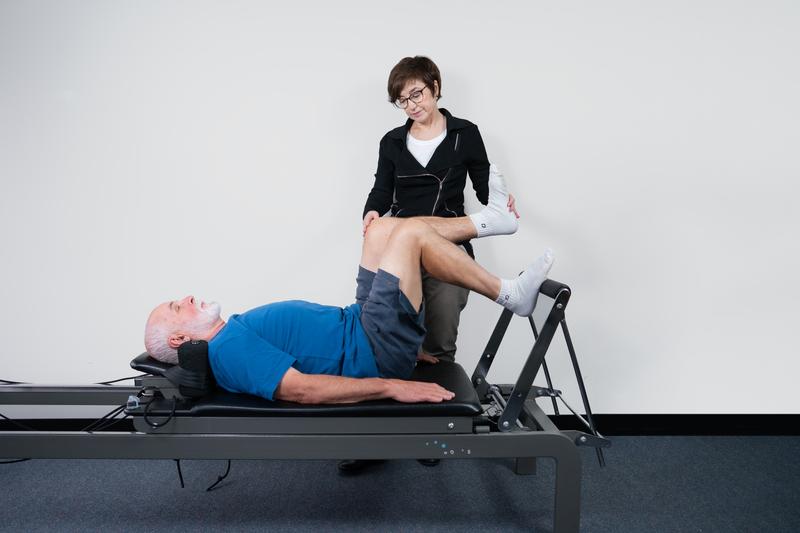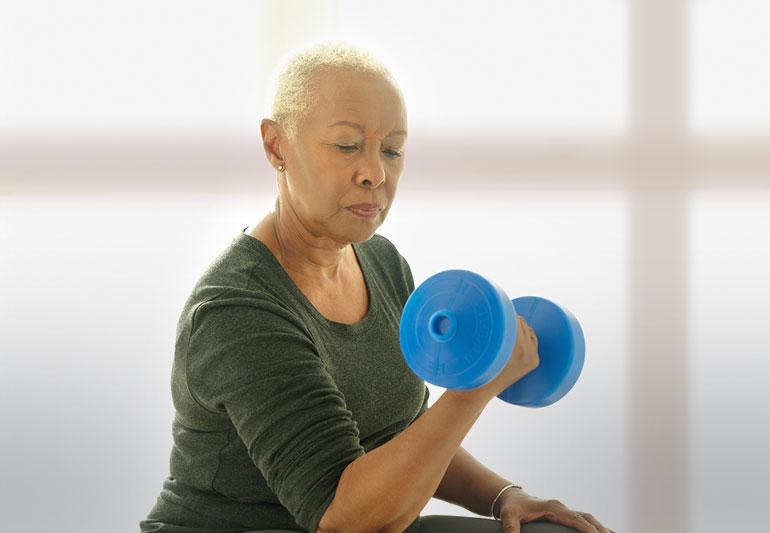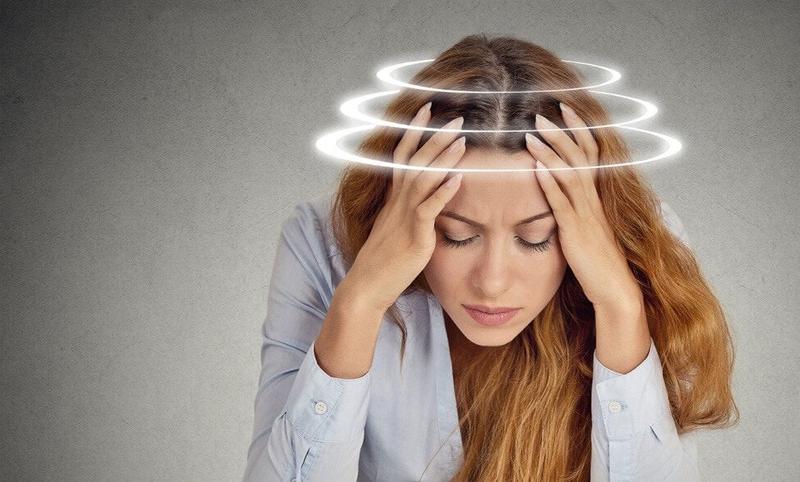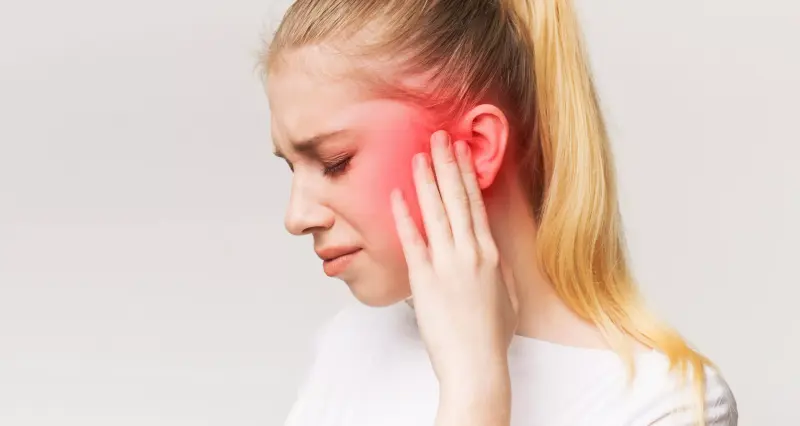What is low back pain, and what can I do about it?

Low back pain is a common and limiting problem that can affect all aspects of your life. The Australian Institute of Health and Welfare estimate that 70-90% of people will experience lower back pain at some point in their lives, making it one of the leading causes of pain and disability in Australia.
What is the lower back?
Your lower back is made up of 5 bones called lumbar vertebrae; discs, which sit between the vertebrae and provide cushioning for the joints; nerves, which send messages from the back to the brain and back again; ligaments which help to stabilise the vertebrae; and muscles which control the movement of your back. These structures form a strong unit that normally works well, allowing you to go about your normal activities without pain or dysfunction.
Sometimes one or more of these structures do not work as they are supposed to. This can cause pain, and stop you from completing your activities as normal. Below are some of the main causes of back pain.
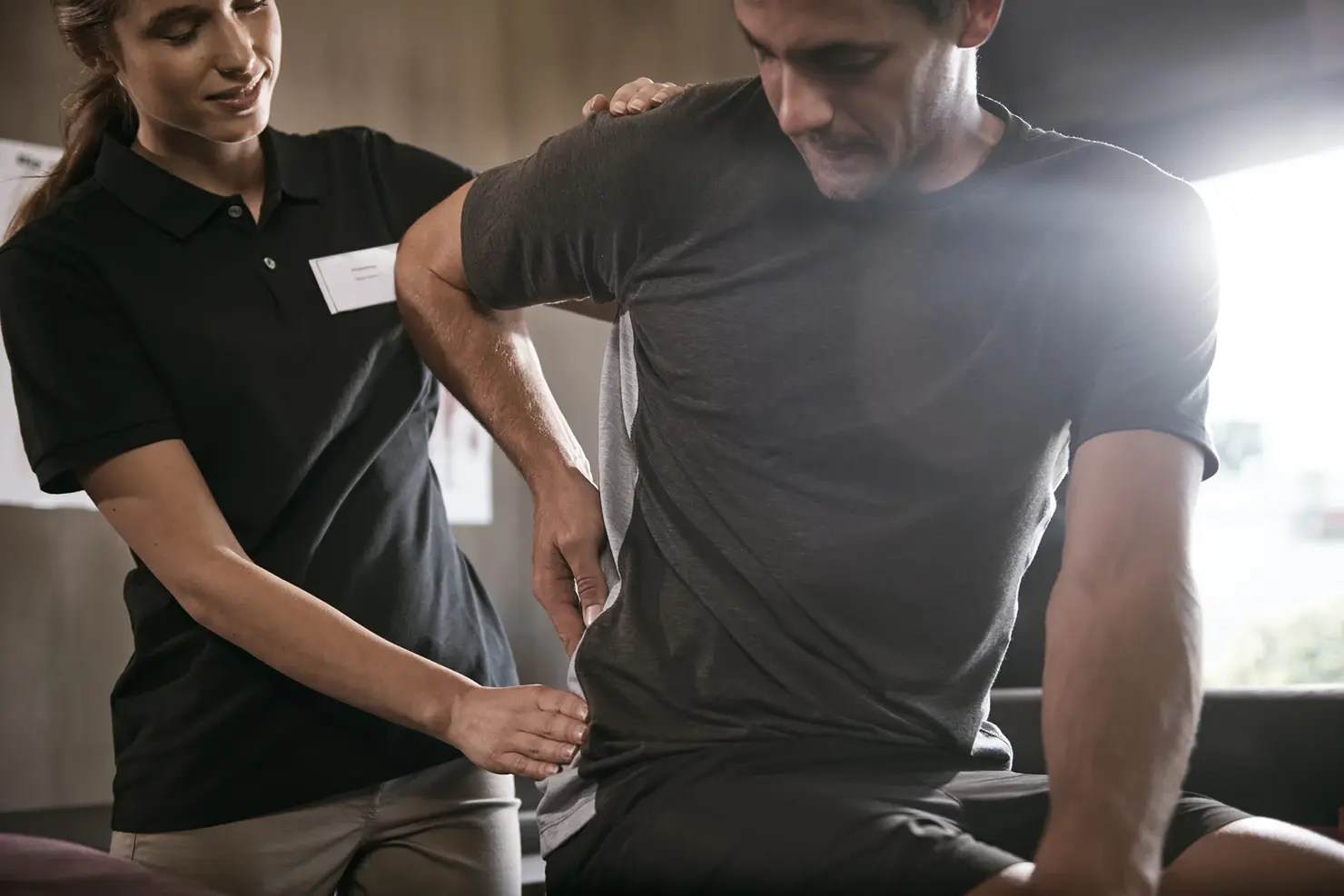
Repetitive strain
Completing the same activities repetitively, particularly activities that involve bending, twisting and lifting, can put stress through the back that it may not be ready for, or have a chance to recover from. Strengthening your body, stretching, and varying your tasks can reduce the risk of repetitive strain injuries.
Sudden changes in routine
Let’s imagine for a moment that you’re not much of a gym junkie; maybe you sometimes go for a walk, but mostly you prefer watching Netflix or spending your time with friends at a bar. If you suddenly decide that this year is your year and try to lift 100kg, your back is not going to like it. This situation might be an exaggeration, but often we expect our bodies to handle stresses that we haven’t given them time to adjust to. This doesn’t mean your goals aren’t possible, it just means your body needs some time and practice. Gradually increasing your activity and ensuring you warm up before exercise is important in making sure you have the best chance to build strength, endurance and power in a healthy way.
Age related illness
As we get older, issues like Osteoarthritis and degenerative disc disease become more likely. Much like grey hair and wrinkles, these can be a normal part of ageing, but they can sometimes cause stiffness, pain and difficulty with certain movements. Strengthening of the muscles around our joints provides support, and helps us to move better, often even reducing or eliminating pain.
Staying Still
You need to be moving to injure yourself, right? Wrong!
Many cases of painful lower backs come from people who spend their days sitting at a desk, and then come back home to sit on the couch. This is tempting- believe me I know- but our bodies are made to move. Movement helps to encourage blood flow to the discs cushioning your spine, in turn helping them to stay healthy and nourished. It can also keep the muscles in your back strong and flexible, so that they are in a better position to support you through your day. Speak to your workplace about a standing or walking desk, break up your day with a wander outside for some fresh air, or set an alarm that gets you up every hour- your back is worth it.
The great news is that all of these issues can be improved, and sometimes prevented, with the right type of exercise. So whether it’s walking, pilates, basketball or ballet, find an exercise that’s right for you and get moving; exercise is the best medicine.
For an exercise program that’s right for you, or for more information, give us a call!
